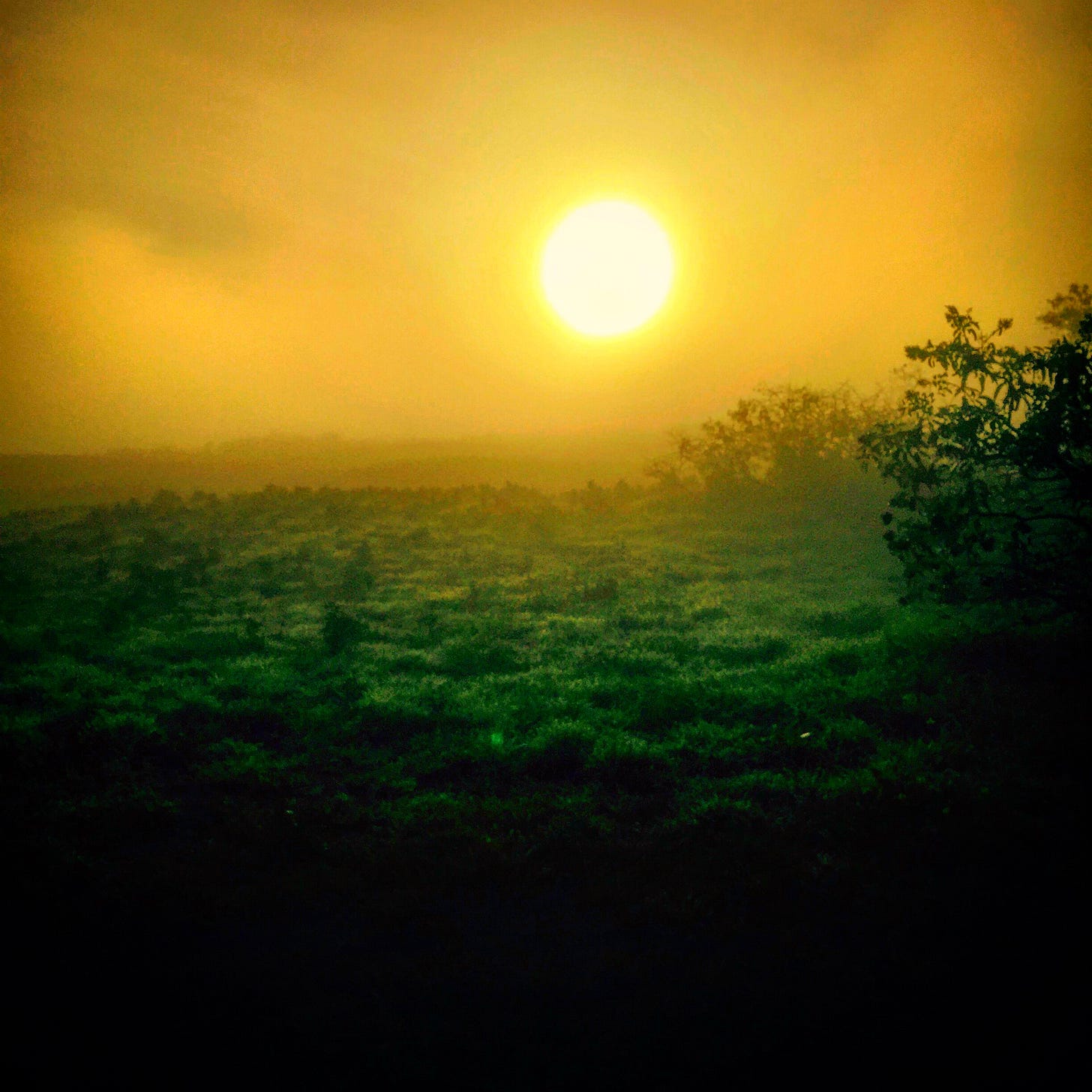Illuminating: Solstice, a Great Conjunction, and Yellow's Sunlit Night
On the shortest day of the longest year of my so-far life, as Saturn and Jupiter edged toward a rendez-vous closer than they'd had in eight centuries, yellow embodies hope for resilience in 2021.
Look at the stars
Look how they shine for you
And everything you do
Yeah they were all yellow...
—Coldplay
Somewhere in my late childhood, someone told me that yellow was one of the few colors I “shouldn’t” wear. It made me look sallow, apparently. So, despite my love for buttercup fl…




